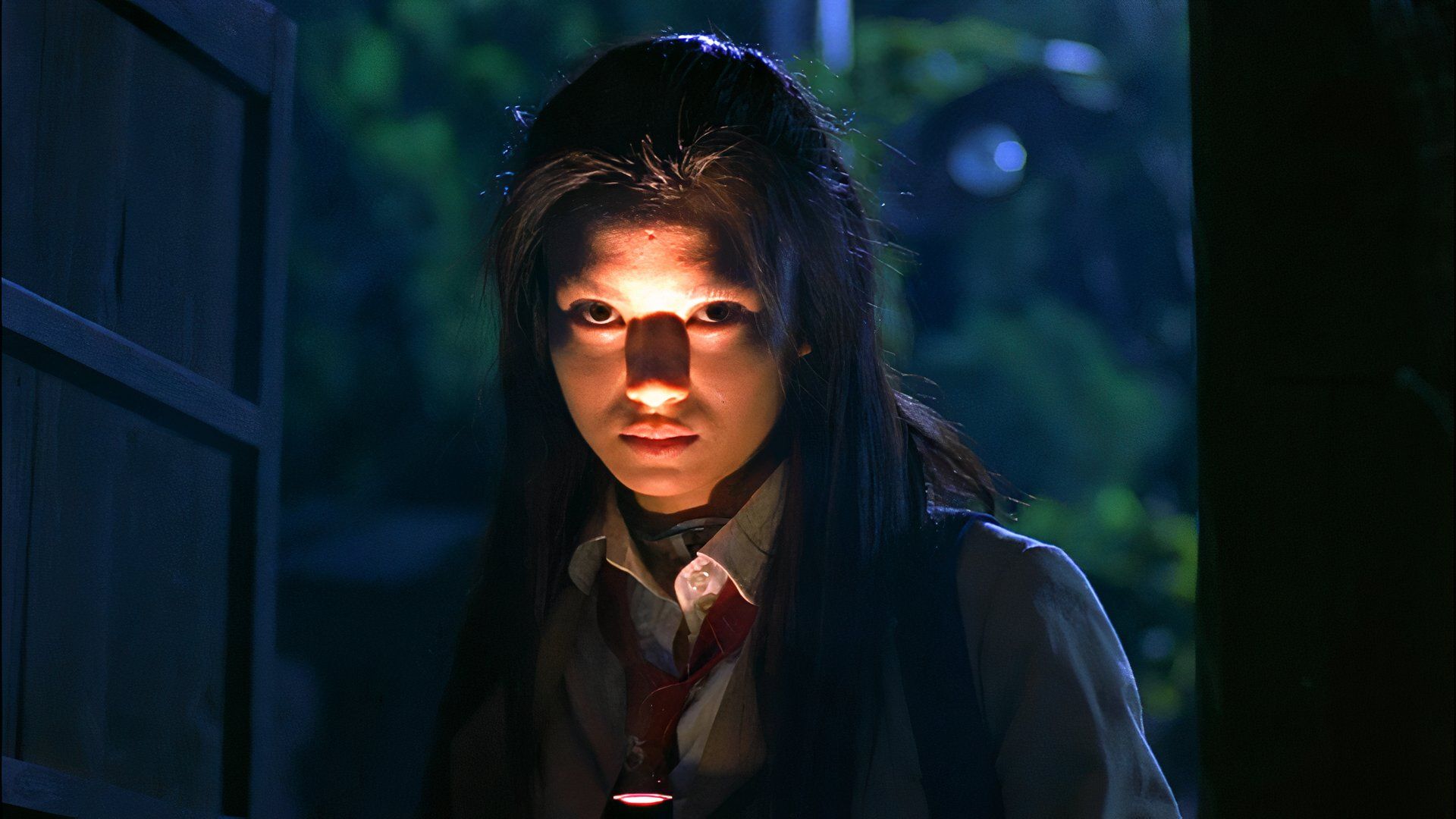
Ever since the debut of the first movie in 2012, “The Hunger Games” series has captured the zeitgeist of pop culture. Set in a chilling dystopia where kids are compelled to battle each other to the last man standing, “The Hunger Games” struck a nerve with our shared fascination for society’s bloodlust, reminiscent of ancient Rome. In fact, a story similar to “The Hunger Games” was already written years before it graced our screens or Suzanne Collins put pen to paper; that story is called “Battle Royale”.
Back in 2000, I stumbled upon a gripping film titled “Battle Royale,” masterfully directed by Kinji Fukasaku. This movie paints a chilling picture of an alternate Japan, where authority enforces a gruesome survival game among students as a means of control. In many ways, it mirrors the themes of William Golding’s “Lord of the Flies,” with youth being pitted against each other in a ruthless struggle for survival. The film is a brutal yet captivating exploration of youth culture and the timeless clash between these young souls and the powers that be.
A Most Dangerous Game
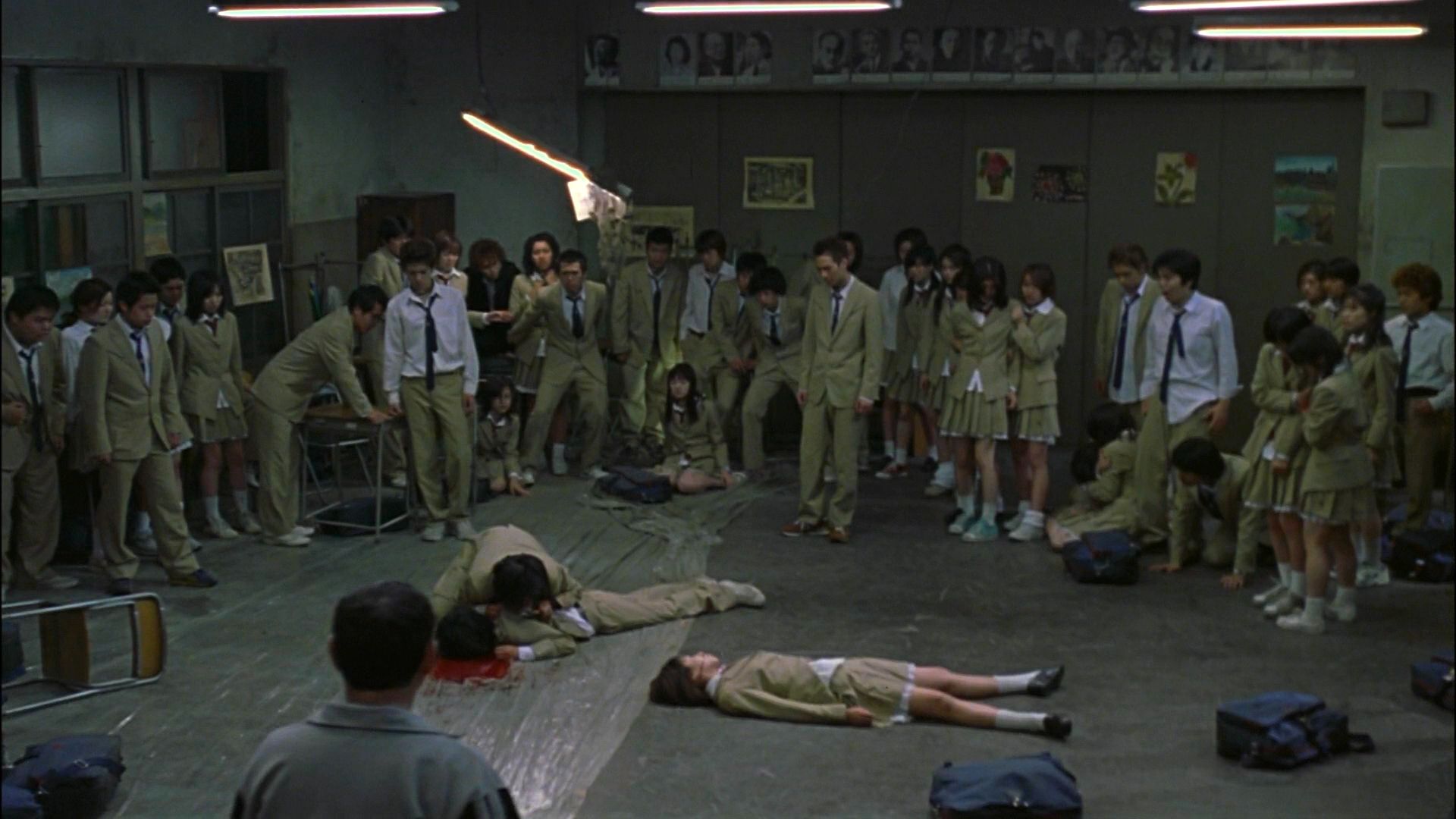
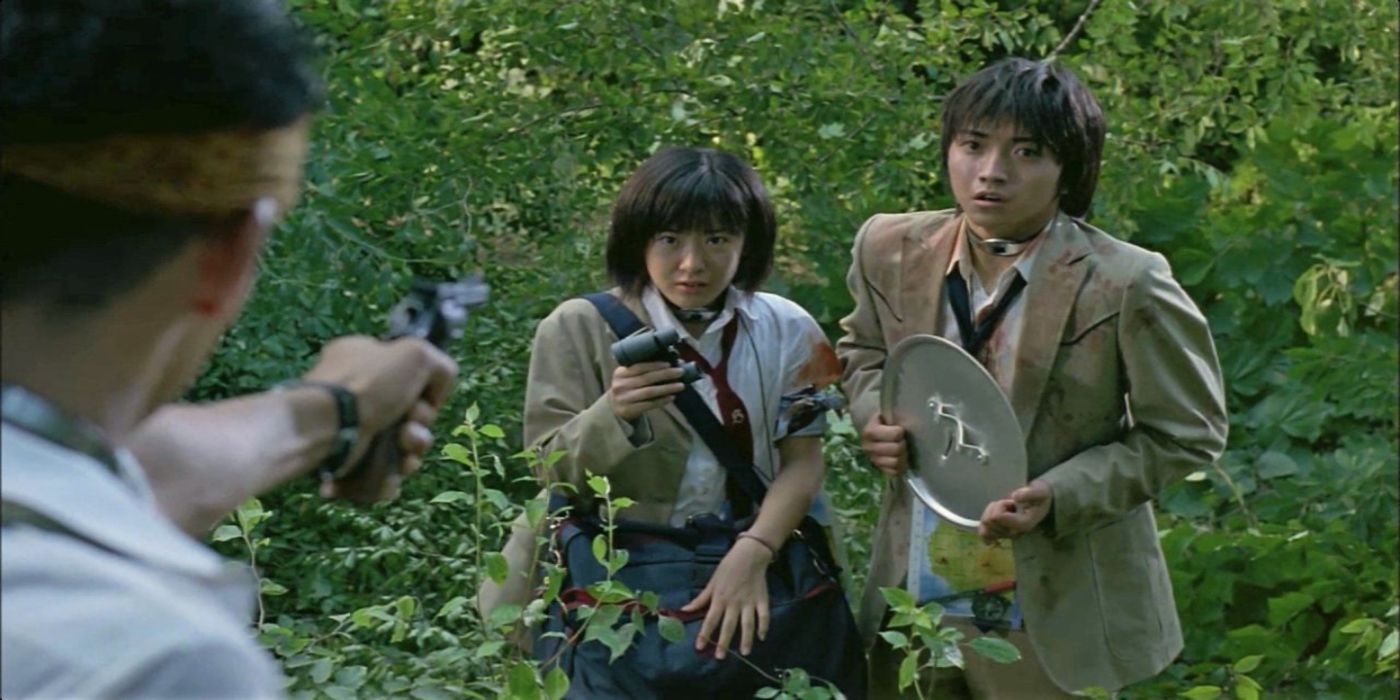
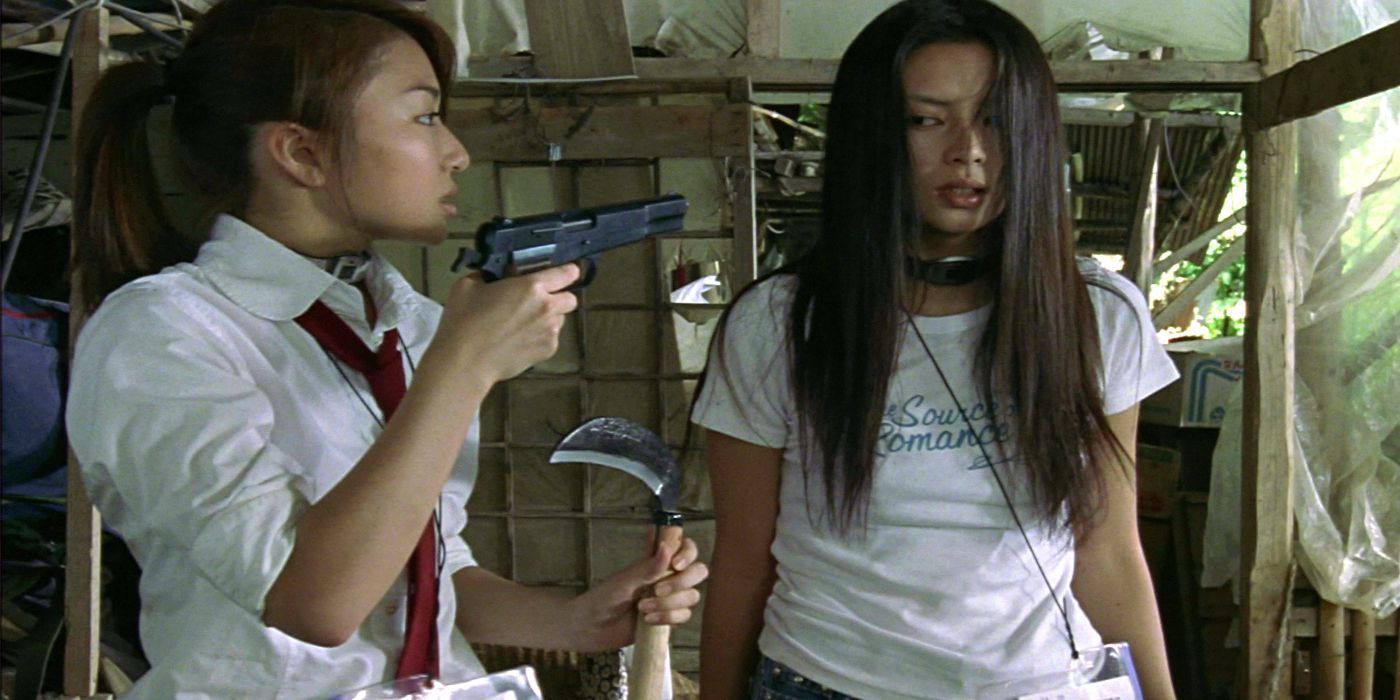
In William Golding’s novel “The Lord of the Flies“, a band of schoolchildren from England find themselves stranded on an island after a plane crash. As order and discipline crumble, they descend into chaos as power struggles emerge. Similarly, in the story “Battle Royale“, an entire class of Japanese students are forced to participate in a brutal competition on an isolated island, where their teacher, Kitano (Beat Takeshi), presides over the ensuing brutality, showcasing the slippery slope from civilization to barbarism.
In the movie “Battle Royale,” the level of violence is impressive, but it also offers insights into how individuals with different personalities respond to being thrust into an extraordinary situation. For instance, the students from Kitano’s class who are part of the government-enforced Battle Royale game exhibit traits such as adapting, overcoming, or giving up. There’s a stark contrast among these students; some embrace the contest and engage in a brutal struggle for survival, while others can’t shake off their passive natures and become easy targets. Essentially, “Battle Royale” presents a twisted version of Darwinism – a survival-of-the-fittest scenario that vividly portrays this theory.
In the film Battle Royale, when the brutal opera-like violence unfolds and Kitano’s pupils engage in contemporary gladiatorial battles reminiscent of Roman Colosseum spectators, it becomes clear that we, as viewers, are transformed into passive observers of this gruesome competition. As each student is eliminated, their name appears along with a tally of the remaining survivors. Watching Battle Royale, one can’t help but feel detached, curious about the eventual outcome and eagerly awaiting the next elimination method.
The Dynamics of Teenage Hierarchy
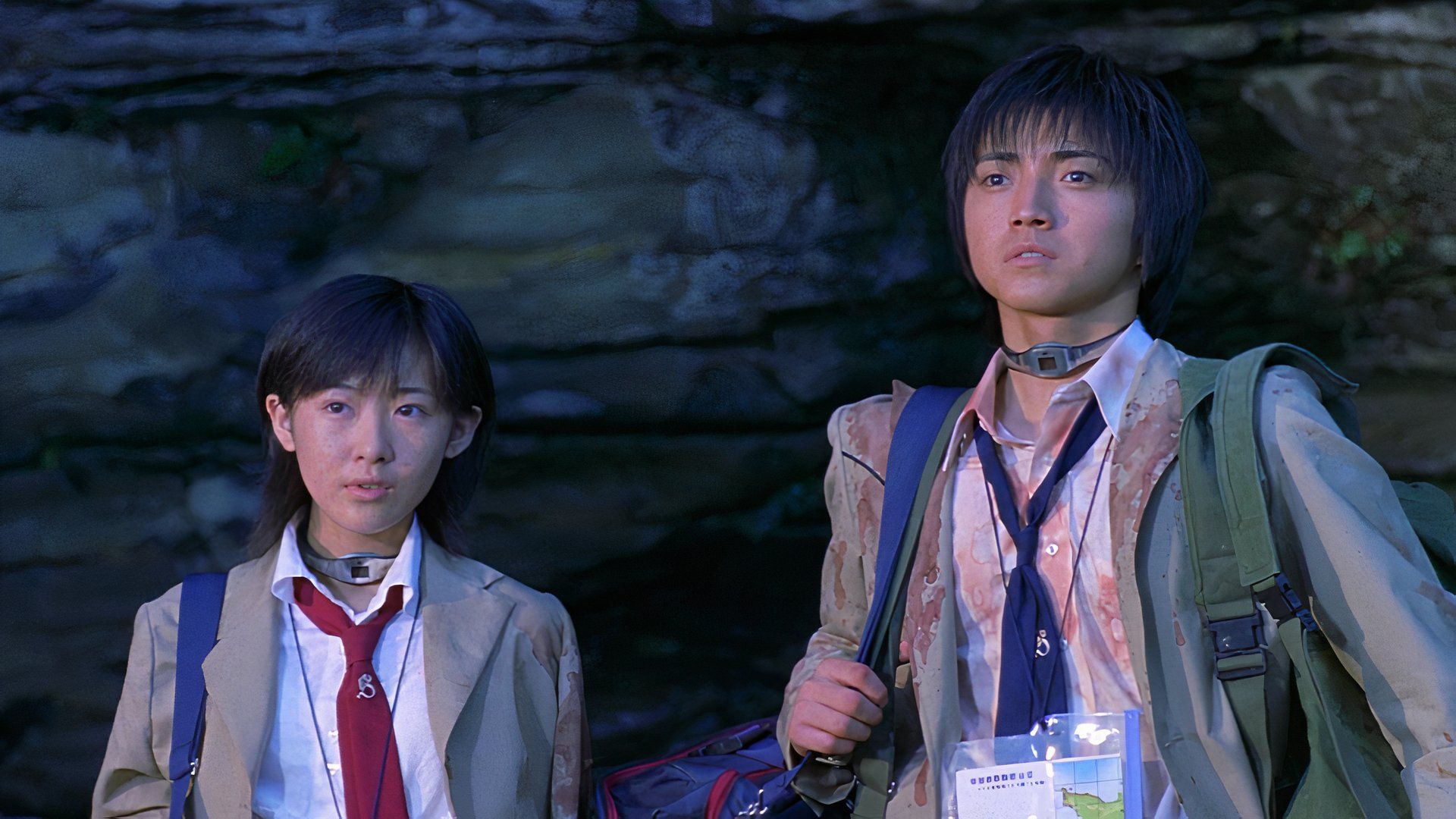
It’s quite simple to draw similarities between “Lord of the Flies” and “Battle Royale,” as both stories revolve around groups of students being thrust into unfamiliar situations where they must battle for their lives. However, what sets “Battle Royale” apart is its exploration of a potential dystopian future. While Golding’s novel initially portrays a schoolyard pecking order, it eventually delves into the students’ descent into a raw, animalistic state.
In contrast, “Battle Royale” not only showcases this primal transformation but also highlights the existing social structures within high schools, such as hierarchies and cliques.
In the ongoing fierce battle depicted in “Battle Royale”, despite the escalating casualties, the students surprisingly maintain the social groups and behaviors reminiscent of high school life. While “Lord of the Flies” portrayed the descent from civilization to barbarism, “Battle Royale” can be interpreted as a depiction of people preserving aspects of their humanity amidst chaotic circumstances. Flashbacks are skillfully used to contrast the students’ lives before they were thrust into brutal combat with their current situation. This enables them to carry over past relationships and vendettas into the battlefield, where old school rivalries occasionally resurface for resolution.
In Battle Royale, there’s a striking contrast. On one hand, the intense violence and swift pace create an almost cartoonishly violent live-action feel at times, serving as spectacle for viewers. On the other hand, interwoven tales of romance, bullying, and academic pressures—elements you’d find in a typical teen drama—provide depth to the characters. These scenes serve as a poignant reminder that these battle-hardened individuals were once ordinary teens grappling with the challenges of school and adolescence.
A Legacy of Violence Not Soon Forgotten
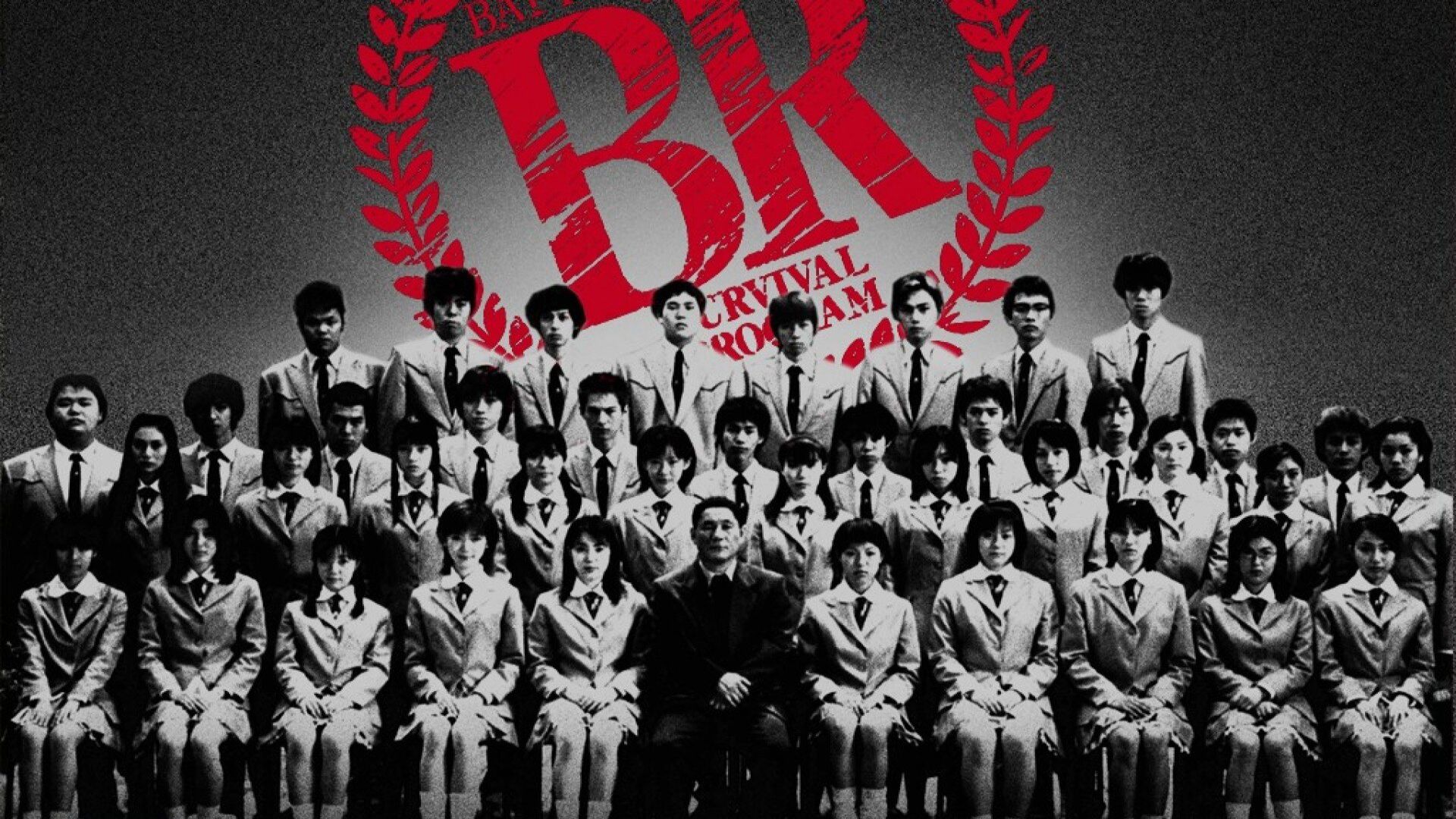
Reflecting on the past quarter-century, it’s undeniable that the cinematic landscape has been marked by numerous portrayals of violence – from the real world’s grim reality to the fabricated arenas of film. Reappraising “Battle Royale” in the light of today’s perspective, we find that violence is an ever-present aspect of our societies, and, regrettably, we are often drawn to it like moths to a flame. The film, with its raw and indelible impact, delves deep into the human condition, unveiling the darker, more volatile aspects of our nature.
Read More
- 10 Most Anticipated Anime of 2025
- Gold Rate Forecast
- Pi Network (PI) Price Prediction for 2025
- USD MXN PREDICTION
- USD CNY PREDICTION
- Silver Rate Forecast
- USD JPY PREDICTION
- EUR CNY PREDICTION
- Brent Oil Forecast
- Castle Duels tier list – Best Legendary and Epic cards
2025-02-03 03:32